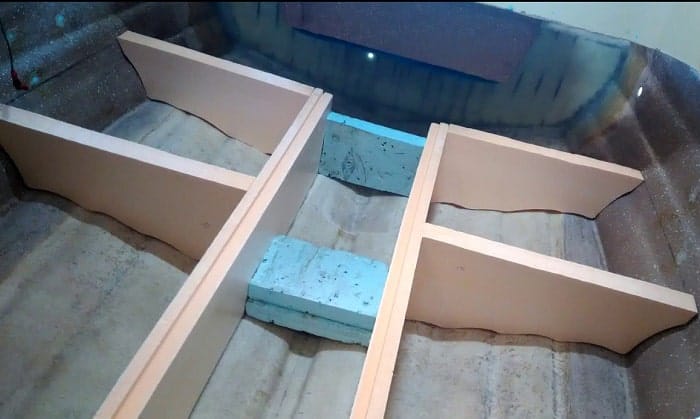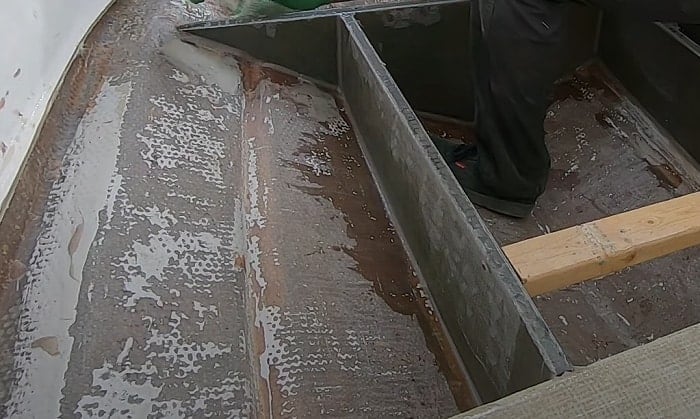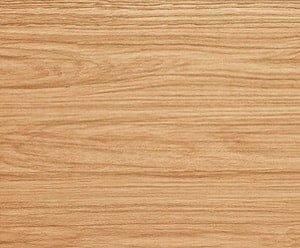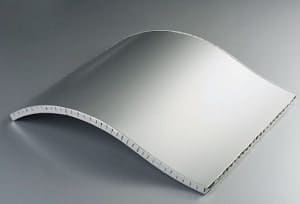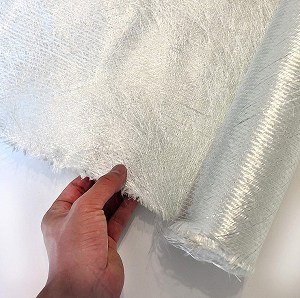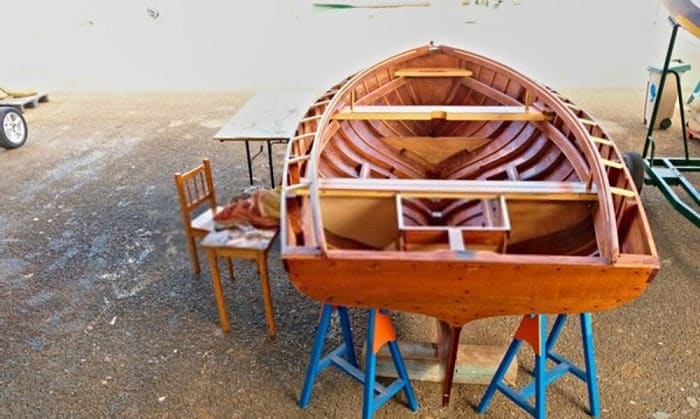Having a boat opens up a whole other world of exploration and leisure. For all the benefits of having a boat, many people feel encouraged to get to know their boats inside and out. However, there are many lesser-known parts of a boat that should be given proper attention, such as the stringers.
But what are stringers on a boat exactly? Keep reading as we get to know one of the unsung heroes of the boat, and hopefully, give you more insight into how they serve to keep you and your boat safe.
Table of Contents
What Are Boat Stringers
A boat is more than the sum of its parts; this is certainly true as a boat affords us the ability to ride the waters. But if we were to assign value to each part, boat stringers would arguably be among those given higher scores.
Giving a quick boat stringers definition is difficult but put simply, stringers are part of the hull system that serves to strengthen the hull of the boat. In a way, they are similar to floor joists that serve as the skeleton of a floor.
Stringers do more than just support the hull. They serve as the foundation for the deck and the bulkheads as well. This means that the strength of stringers serves to support the entire boat even when they are found only at the hull of a boat.
If you are buying a boat, especially used ones, stringers are one of the most important things to inspect. A boat with stringers in poor condition is bound to have other problems which you would not want to have to deal with.
How Stringers Are Laid Out
Stringers are laid on the hull of a boat longitudinally and extend from the bow to the stern. Traditionally, they are attached to the hull individually, although there are instances where the stringer system is produced as a whole and is later applied to the hull as an entirely separate level.
Along with stringers, frames that run between stringers also give additional strength to the structure of the hull and the boat itself. The stringers, along with frames, comprise the stringer system of a boat.
While this may serve as the basic layout of stringers on a boat, there are other types, especially for bigger boats such as modern and commercial boats.
How Stringers Work
By connecting different sections of the hull together, stringers enable the unification of the hull into a single system. This, in turn, creates a hull that holds up better to any outside force or pressure. It becomes stronger as one whole system.
While stringers are longitudinal, latitudinal support is also important. In traditional stringer systems, frames provide this support which creates a more unified unit that is able to help hold up the entire structure.
In modern boat constructions, hulls and stringers are made of materials other than wood. This allows for the creation of more complex stringer shapes that are able to possess higher structural integrity as opposed to traditional forms.
These days, it is said that more complex stringer forms and shapes allow for stronger hull systems as opposed to the old belief that stronger core materials yield better results.
Common Types Of Boat Stringer Material
Wood
is the traditional boat stringer material used. With wood, stringers are strong and flexible. Wood has been used in boats for a very long time, and this fact serves as a testament to how effective wood stringers are.
However, modern boat production has come to use many other materials in order to address the biggest problem that wood has had throughout history — durability.
It’s not that wood is not at all durable, but wood exposed to water ends up rotting. Even the moisture that wood is exposed to at sea is enough to ruin even the best wood. This problem makes it expensive and time-consuming to maintain wooden boats.
Boat production in modern times eventually explored the use of other materials. Wood is still used by certain boats, but this is more of a luxury than a practical choice. There are also boats that use wood in conjunction with other boat stringer materials.
Aluminum
is a common boat material that is also used for stringers. As a metal, aluminum does not rot due to water or moisture the way wood does. At the same time, it is also not as heavy and is more flexible compared to other metals, though it should be noted that it is still not as flexible as wood.
The other major benefit of using aluminum is its resistance to water and rust. Aluminum does not rot from getting wet, and it is also resistant to rust. The surface of aluminum will oxidize from exposure to oxygen, but corrosion that typically begins after oxidation does not push through, which is one of the main strengths of aluminum.
However, aluminum needs to be welded to the hull, making repair and replacement more complicated.
is another common boat material and perhaps the most commonly used material today. Its biggest advantage over other materials is its ability to take on more complex shapes. This is something that came about during the modern era of boat construction.
While there are stringers made entirely of fiberglass, most fiberglass stringers employ the use of a core. Interestingly, it’s not always the core that provides support for the hull but the fiberglass that encases the core.
The biggest drawback of fiberglass is its weight; it’s heavy even when compared to metal. However, modern advancements in boat construction have mitigated this drawback.
Stringer Maintenance And Repair
Stringers serve as the core of your hull. Because of this, it is susceptible to damage not just from exposure to elements at sea but also to wear from holding the hull up against external pressure.
Make sure to examine your stringer regularly and check for any damage. There are differences in what to look for depending on the material used for your boat.
What To Look For
For wooden stringers, we need to look out for any structural damage. One thing you should keep in mind is if you find one section with damage, there will usually be others. Try to be as thorough as you can especially if you’re dealing with rot, though it is recommended always to be thorough.
The most common types of damage to look for are rot and impact damage. Rot is easy to spot in wooden stringers. For impact damage, we look for cracks or fractures in the wood. Don’t dismiss small fractures outright, there could be bigger damage inside that we aren’t able to assess easily.
For fiberglass stringers, there are a couple of things to look for. First is structural damage, as with wooden stringers. However, they are bound to be different in their manifestation; we usually look for a break in the encasement.
You should also inspect the core of your stringers. Those with wooden cores are easy to check for damage, and you look out for pretty much the same things as with wooden stringers.
Boat Stringer Repair
Once you find damaged stringers, you should assess the extent of the damage. Whether it’s wood or fiberglass, if the damage is contained to specific areas, they can be repaired sectionally, although boat stringer replacement is almost mandatory for wood.
If you find damage on wooden stringers, it is best to replace the whole stringer since any damage could extend throughout its entire structure. On the other hand, replacing stringers in a fiberglass boat can be sectioned.
Damaged fiberglass stringer sections can be cut out for replacement. After the damaged part is removed, a new core is applied then glassed with fiberglass. Replacing boat stringers in their entirety is avoidable if the damage is not widespread, which makes regular inspections valuable.
Whether it’s replacing stringers in a fiberglass boat or any other boat, being prompt in damage detection and repair can save you a lot of time and money.
Conclusion
Stringers on boats are extremely important, and we hope that this short guide was able to enlighten you on their importance to you and your boat. Now that you know what are stringers on a boat, we hope that you can give this lesser known boat part its due attention.
We truly hope that this short guide of ours was able to help you understand your boat a bit more; please do not hesitate to share it with other boating enthusiasts as well. Do leave your thoughts and comments below.
Remember always to boat safely.

“I am James Harvey – founder of Boating Basics Online. It is established with the drive to help out first-time boaters, which are those desiring to explore their way through the water. So if you are new to boating, start from here with me. “

